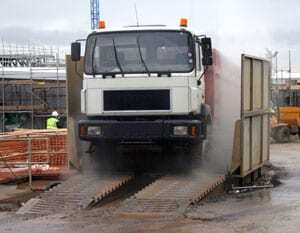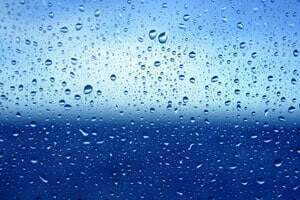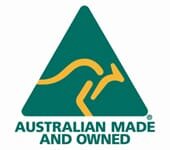The UN’s Fukushima Nuclear Accident Update Log has announced that the situation continues to remain very serious, and may in fact be a worst case-scenario. On the 8th May, the Japanese authorities announced that the situation goes beyond a mere meltdown scenario and may now be considered “ a melt-through.” The nuclear fuel in 3 reactors has possibly melted through the tough pressure vessels and has now possibly accumulated in the outer containment areas.
On-site measurements continue to read high, despite minor fluctuations and minor decreases in levels.[1] In addition, food monitoring and food restrictions continue and the twenty kilometre no-go zone around the reactor remains virtually deserted, save for the occasional elderly Japanese villager, who feels too old and overwhelmed to leave.
In relation to food, restrictions continue to be placed upon milk, certain fish, turnips and ostrich fern in specific areas impacted by the nuclear accident. The Japanese Ministry of Health, Labour and Welfare also announced that head-type leafy vegetables such as cabbage, as well as flower head brassicas such as broccoli and cauliflower, and shitake mushrooms are also restricted regarding distribution and consumption. Marine and seawater monitoring has shown fluctuations in radioactive concentrations with rises registered at the end of May 2011. The offshore sampling positions have also shown the contamination of marine sediment and the need for possible removal of particulate matter in the future.
On the 1st June 2011 the International Atomic Energy Agency released its Preliminary Summary on Fukushima disaster that occurred with the East Japan Tsunami. [2]
The paper announced that the main preliminary findings and lessons learned are as follows:
- “The Japanese Government, nuclear regulators and operators have been extremely open in sharing information and answering the many questions the IAEA have had
- The response on site has been excellent and has resulted in the best approach to securing safety, given the exceptional circumstances.
- The Japanese Government’s longer term response – including evacuations – has been impressive and extremely well organized. A suitable and timely follow up program on public and worker exposures would be beneficial.
- The planned road-map will need modifications as new circumstances and scenarios are uncovered. International co-operation may be needed here.
- The tsunami hazard for several sites was under-estimated. In future, nuclear designers and operators should appropriately evaluate and provide protection against the risks of all natural hazards.
- Nuclear regulatory systems should address extreme external events adequately and should ensure that regulatory independence and clarity of reviews are aligned with IAEA safety standards.
- Severe long term combination of external events should be adequately covered in design, operations, resourcing and emergency arrangements
- Hardened Emergency on-site Emergency Response Centers should be provided for all major nuclear facilities with severe accident potential.
- Hydrogen risks should be subject to detailed evaluation and necessary mitigation systems provided
- Emergency arrangements for the early phases especially, should be designed to be robust.[3]
In short, the International Atomic Energy Agency has also maintained that the Fukushima accident offers an unfortunate and yet unique opportunity to develop and improve on worldwide nuclear safety strategies. With the latest news on the details of the melt-through still only scant, the world waits to consider the full developments and impacts of this situation.
Envirosafe Solutions provides regular updates on the Fukushima situation as these come to light. Updates are available on the Envirosafe Solutions News and Events section of our website. Support an environmentally safe world. Support environmentally safe industry and products. Call Envirosafe Solutions now on 1300 88 90 70.
[1] International Atomic Energy Agency http://www.iaea.org/newscenter/update/tsunamiupdte01.html
[2] IAEA http://www.iaea.org/newscentre/focus/fukushima/missionsummary010611.pdf
[3] Ibid.


































